Continental shift: tracing Africa’s urban transformation through photography
Africa’s changing landscapes are beautifully captured by a new generation of home-grown photographers, introduced here and in a new book by Ekow Eshun
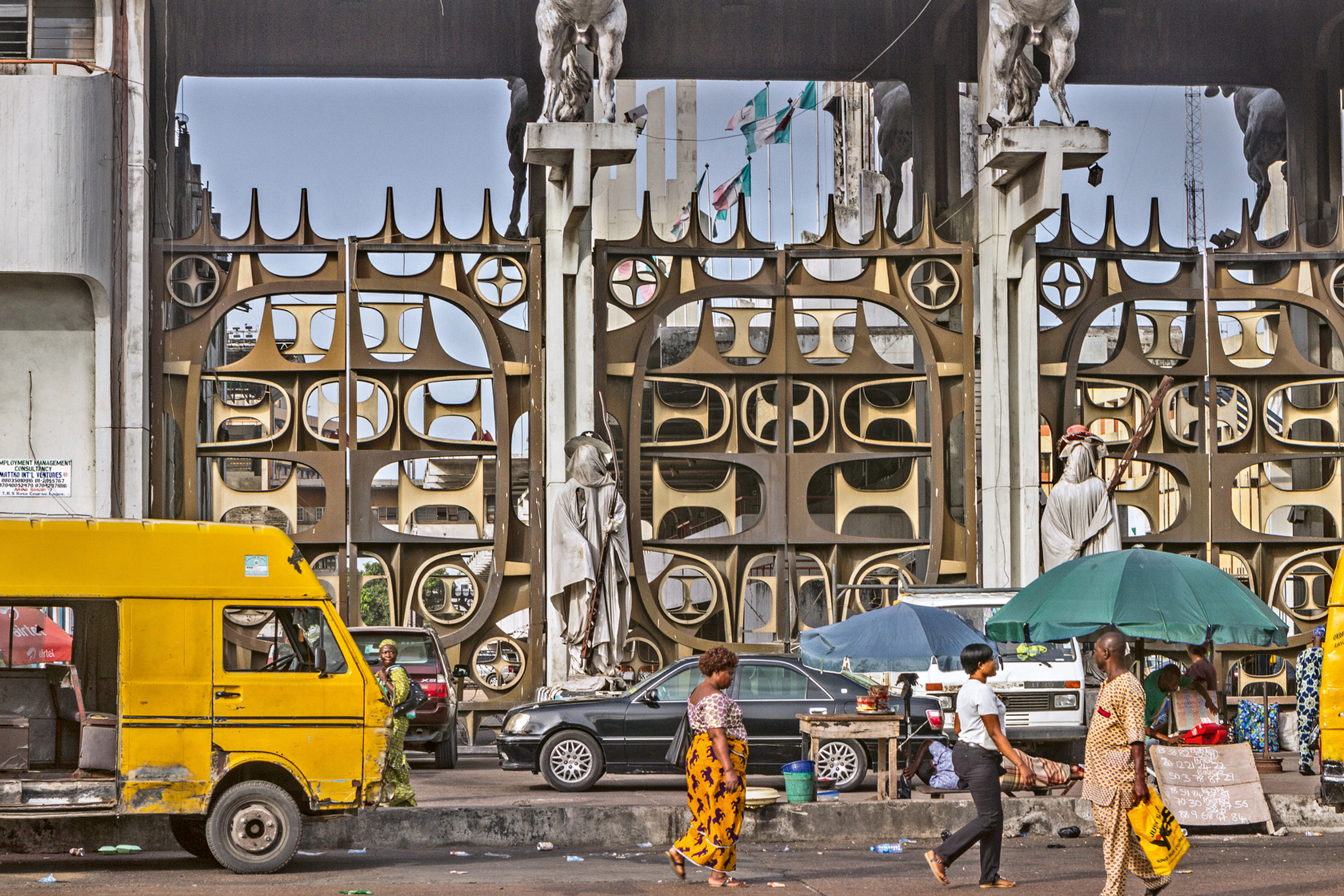
In 1960, Nigeria declared independence, freeing itself of British colonial rule. At the time, Lagos, its main urban centre, was a modest coastal city. Cars were sparse on the road and you could drive out of town with ease, low buildings giving way to fields, forests and scattered villages as you went.
Two generations on, Lagos has undergone a breathtaking transformation. Now one of the ten largest cities on the planet, it is a vast sprawling conurbation that covers more than 1,000 sq km, with a population that has expanded 100-fold, from under 200,000 in 1960 to over 20 million today. By 2100, it’s estimated Lagos will be the largest metropolis on Earth, with some 100 million people.
A post shared by Wallpaper* (@wallpapermag)
A photo posted by on
Breakneck growth, though, comes at a cost. As more and more people flood into the city, an already overwhelmed infrastructure system struggles to cope. Fewer than ten per cent of residents have access to public running water or sanitation. Two thirds live in slums. Traffic jams (‘go slows’) choke the streets and fill the air with noise and exhaust fumes. Yet life goes on. From the vast open-air markets to the street vendors hustling their wares amid the stationary traffic, the city buzzes with barely containable energy.

François-Xavier Gbré, Swimming Pool III, Bamako, 2009
Photographer Andrew Esiebo was born in Lagos, and his pictures seek to capture the metropolis in all its cacophony and unlikely beauty. In his images, the city’s apparent disorder of traffic and people, of construction sites and shantytowns, resolves itself into mesmerising shapes and patterns and colours. What emerges is a place of exhilarating, if exhausting, dynamism. A city making and remaking itself in the image of its growing population. As Rem Koolhaas once noted wonderingly, Lagos ‘inverts every essential characteristic of the so-called modern city. Yet it is still – for lack of a better word – a city; and one that works.’
Esiebo’s pictures of Lagos are featured in my latest book Africa State of Mind, which gathers the work of an emergent generation of photographers from across the African continent and its diaspora, each of whom has a unique perspective on what it looks like, and how it feels, to live in Africa today.
‘African photographers are increasingly telling their own stories of the continent and its people in compelling imagery rich with poetry and nuance’
It’s a timely moment to be looking at Africa. Popular perceptions of the continent may still be dominated by stereotypes of war, corruption and starving children, as typified by photos of grinning celebrities posing with undernourished children for Comic Relief and Donald Trump’s dismissal of the place as a collection of ‘shithole countries’. But African photographers are increasingly telling their own stories of the continent and its people in compelling imagery rich with poetry and nuance. Contributors to the book include internationally celebrated figures such as Hassan Hajjaj, Pieter Hugo and Zanele Muholi, the subject of a major solo exhibition at Tate Modern this summer, as well as rising stars including Senegal’s Omar Victor Diop and British-Nigerian fashion photographer Ruth Ossai, who last year shot the campaign for Rihanna’s Fenty collection.
RELATED STORY

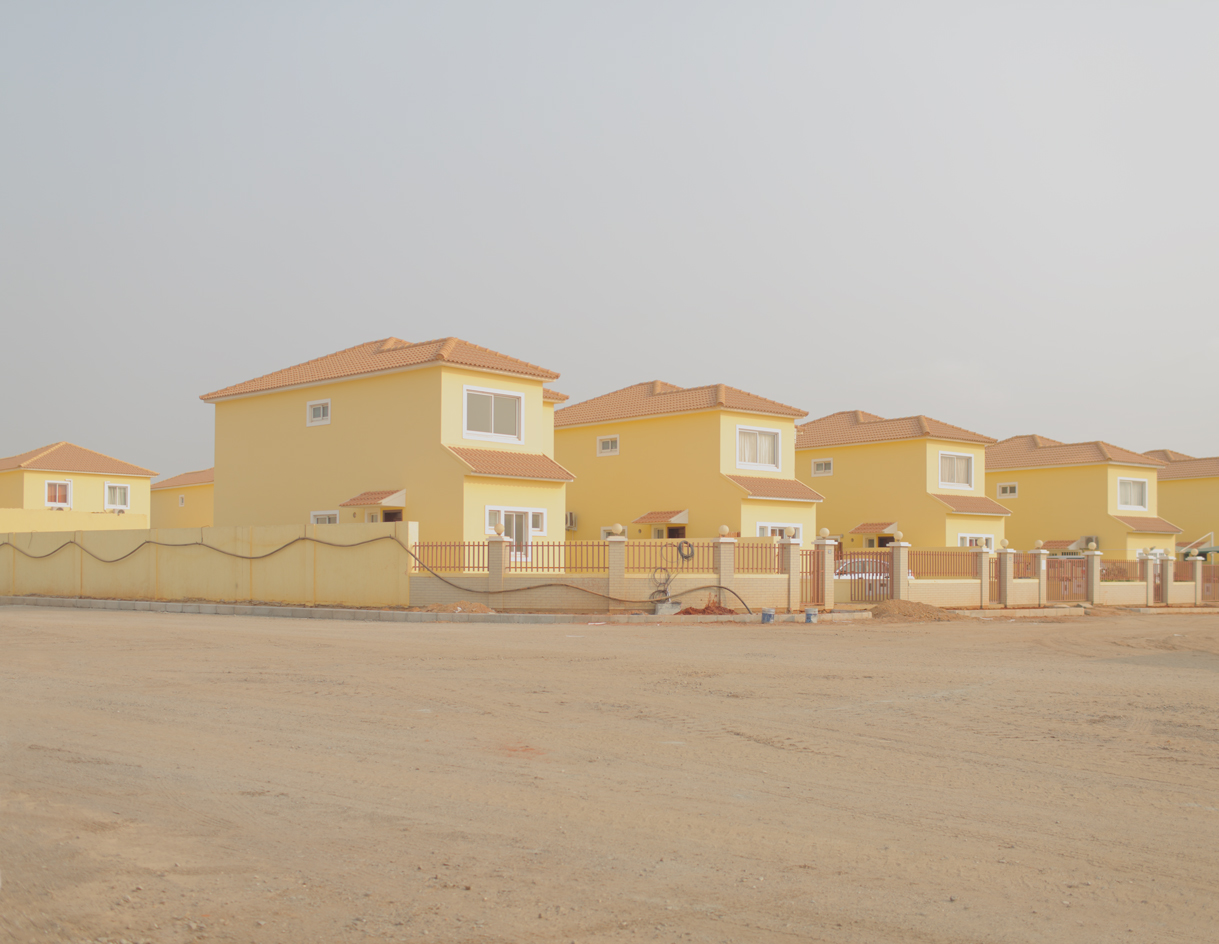
A photograph from Michael Macgarry’s Kilamba Kiaxi series, 2016, largely shot in a deserted Angolan city of the same name, which had been the biggest single investment project by China in Africa
With the share of the continent’s population living in cities set to pass 50 per cent by the end of this decade, Africa State of Mind devotes considerable space to the urban environment. Here we see a world in the midst of perpetual change. Photographers such as Michael Tsegaye and Hicham Gardaf chart the changing face of cities such as Addis Ababa and Casablanca, amidst the wave of hectic development sweeping large parts of the continent. François-Xavier Gbré’s pictures of incomplete or abandoned buildings in West Africa illustrate how dreams of progress can be quickly stymied by sudden shifts in the economic or political climate. And in Angola, Michael MacGarry shows how the impact of oil wealth and foreign money is reshaping the urban landscape (see W*238). His photos document life in Kilamba Kiaxi, a $3.5bn new city that represents the largest single investment by China in Africa. The site was built to accommodate a quarter of a million residents, but Angola’s petro-dollar-fuelled economy has pushed rents beyond the reach of most ordinary people. The result is a ghost town of deserted roads and empty apartments, a place that looks like it’s at the end, not the beginning, of its existence.
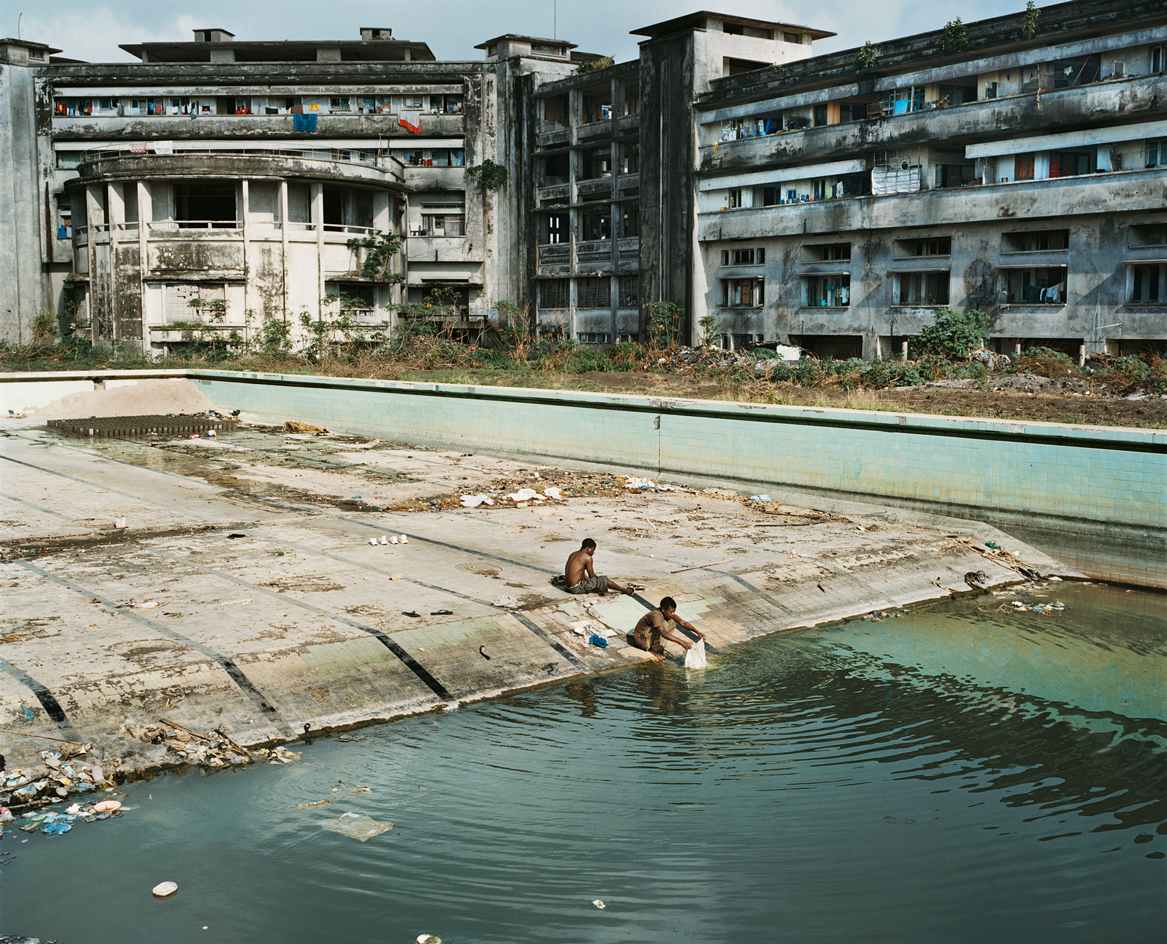
Guillaume Bonn, People washing their clothes in the swimming pool of The Grande, a once luxurious hotel in Beira, Mozambique, 2013
Inevitably the book also considers how colonialism and past independence struggles continue to impact the continent. Travelling the coastline of East Africa, Guillaume Bonn charts how regional battles have left their mark in burnt-out buildings. But Bonn grew up in Kenya and Djibouti, and even in the scarred environment he encounters, he finds his way to moments of transcendence: a joyously crowded beach in Mozambique; a woman draped in striking crimson robes entering the bombed out shell of a cathedral in Mogadishu. In Bonn’s pictures, and those of the other 50-plus photographers in the book, we see Africa through African eyes. The continent revealed as a place of paradox and possibility and everyday wonder.
Wallpaper* Newsletter
Receive our daily digest of inspiration, escapism and design stories from around the world direct to your inbox.
A version of this article originally featured in the April 2020 issue of Wallpaper* (W*253) – on newsstands now
INFORMATION
Africa State of Mind (£40), available from 26 March, is published by Thames & Hudson. thamesandhudson.com
-
 Nikos Koulis brings a cool wearability to high jewellery
Nikos Koulis brings a cool wearability to high jewelleryNikos Koulis experiments with unusual diamond cuts and modern materials in a new collection, ‘Wish’
By Hannah Silver
-
 A Xingfa cement factory’s reimagining breathes new life into an abandoned industrial site
A Xingfa cement factory’s reimagining breathes new life into an abandoned industrial siteWe tour the Xingfa cement factory in China, where a redesign by landscape specialist SWA Group completely transforms an old industrial site into a lush park
By Daven Wu
-
 Put these emerging artists on your radar
Put these emerging artists on your radarThis crop of six new talents is poised to shake up the art world. Get to know them now
By Tianna Williams
-
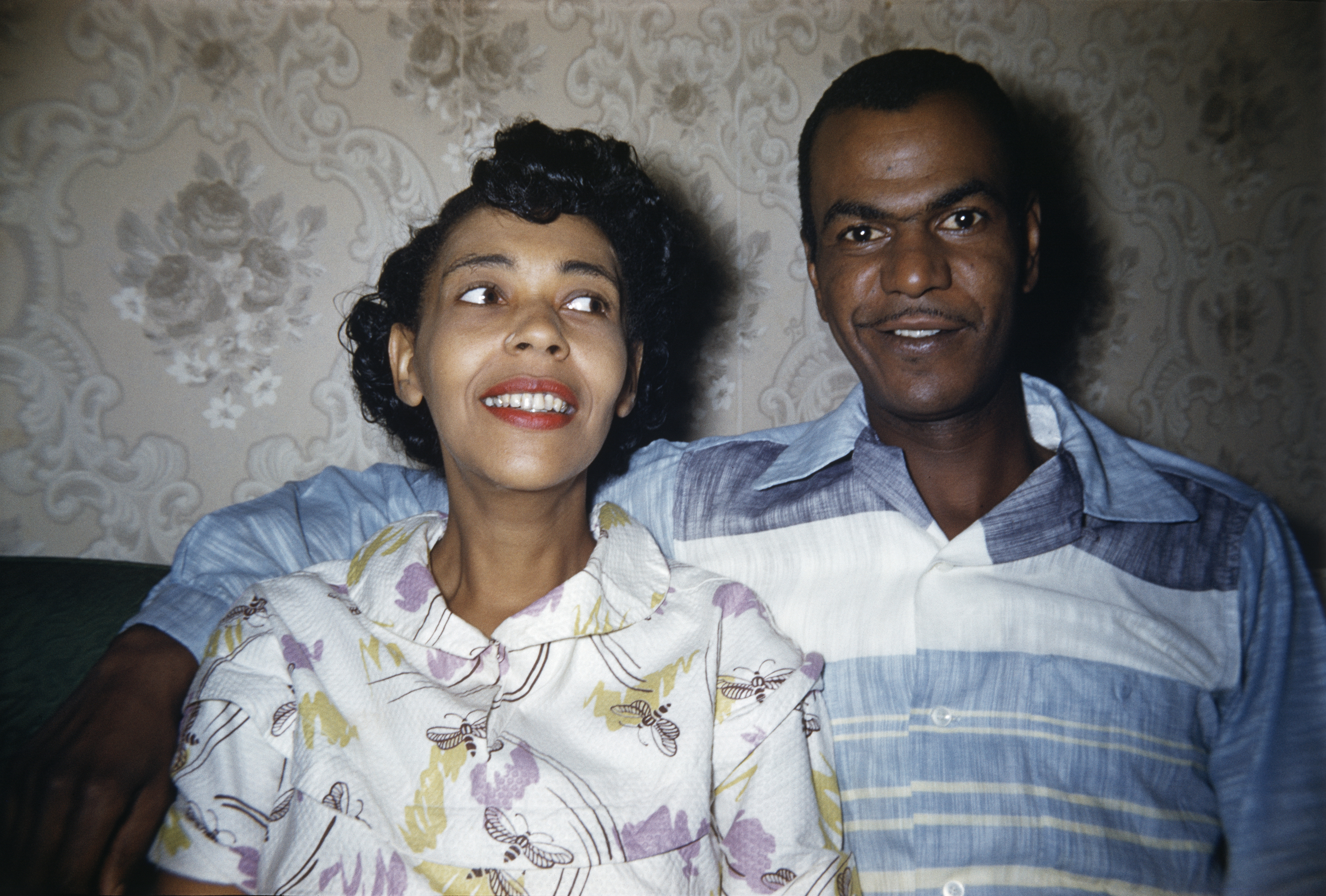 ‘Dressed to Impress’ captures the vivid world of everyday fashion in the 1950s and 1960s
‘Dressed to Impress’ captures the vivid world of everyday fashion in the 1950s and 1960sA new photography book from The Anonymous Project showcases its subjects when they’re dressed for best, posing for events and celebrations unknown
By Jonathan Bell
-
 Daniel Arsham’s new monograph collates the works of the auto-obsessed American artist
Daniel Arsham’s new monograph collates the works of the auto-obsessed American artist‘Arsham Motorsport’ is two volumes of inspiration, process and work, charting artist Daniel Arsham’s oeuvre inspired by the icons and forms of the automotive industry
By Jonathan Bell
-
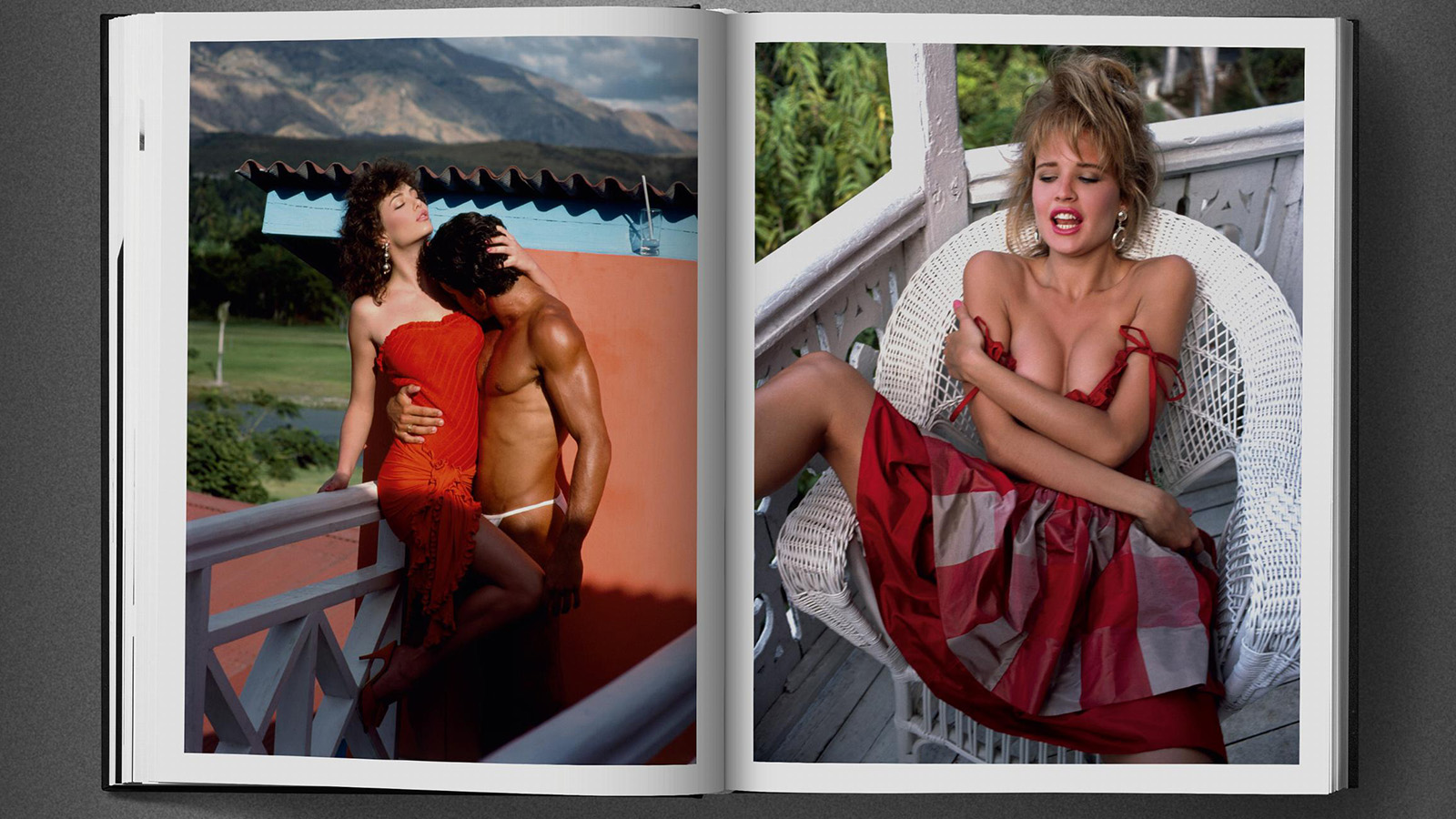 Era-defining photographer David Bailey guides us through the 1980s in a new tome not short of shoulder pads and lycra
Era-defining photographer David Bailey guides us through the 1980s in a new tome not short of shoulder pads and lycraFrom Yves Saint Laurent to Princess Diana, London photographer David Bailey dives into his 1980s archive in a new book by Taschen
By Tianna Williams
-
 Inside Joan Didion’s unseen diary of personal relationships and post-therapy notes
Inside Joan Didion’s unseen diary of personal relationships and post-therapy notesA newly discovered diary by Joan Didion is soon to be published. Titled 'Notes to John', the journal documents her relationship with her daughter, husband, alcoholism, and depression
By Tianna Williams
-
 Carsten Höller’s new Book of Games: 336 playful pastimes for the bold and the bored
Carsten Höller’s new Book of Games: 336 playful pastimes for the bold and the boredArtist Carsten Höller invites readers to step out of their comfort zone with a series of subversive games
By Anne Soward
-
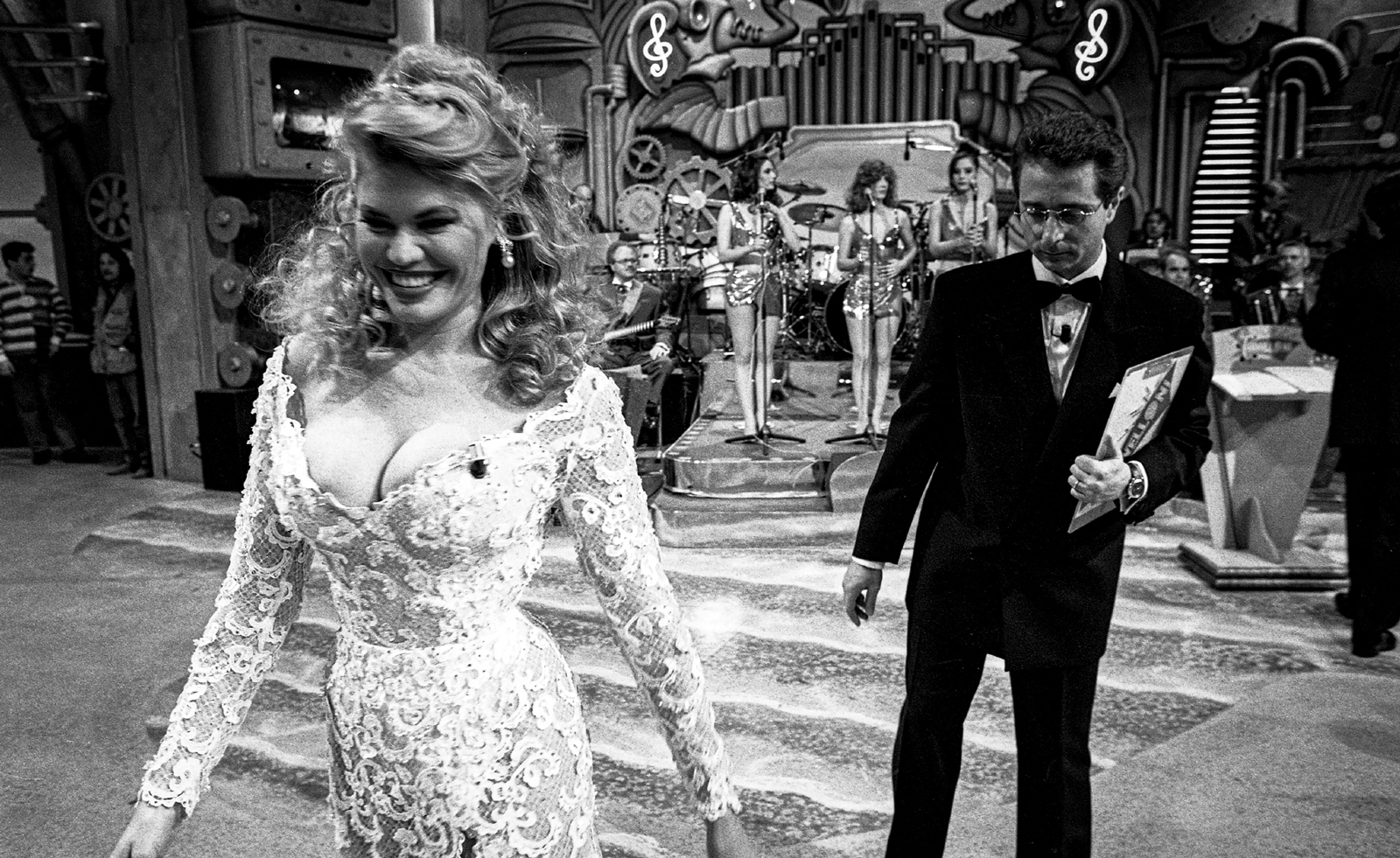 Distracting decadence: how Silvio Berlusconi’s legacy shaped Italian TV
Distracting decadence: how Silvio Berlusconi’s legacy shaped Italian TVStefano De Luigi's monograph Televisiva examines how Berlusconi’s empire reshaped Italian TV, and subsequently infiltrated the premiership
By Zoe Whitfield
-
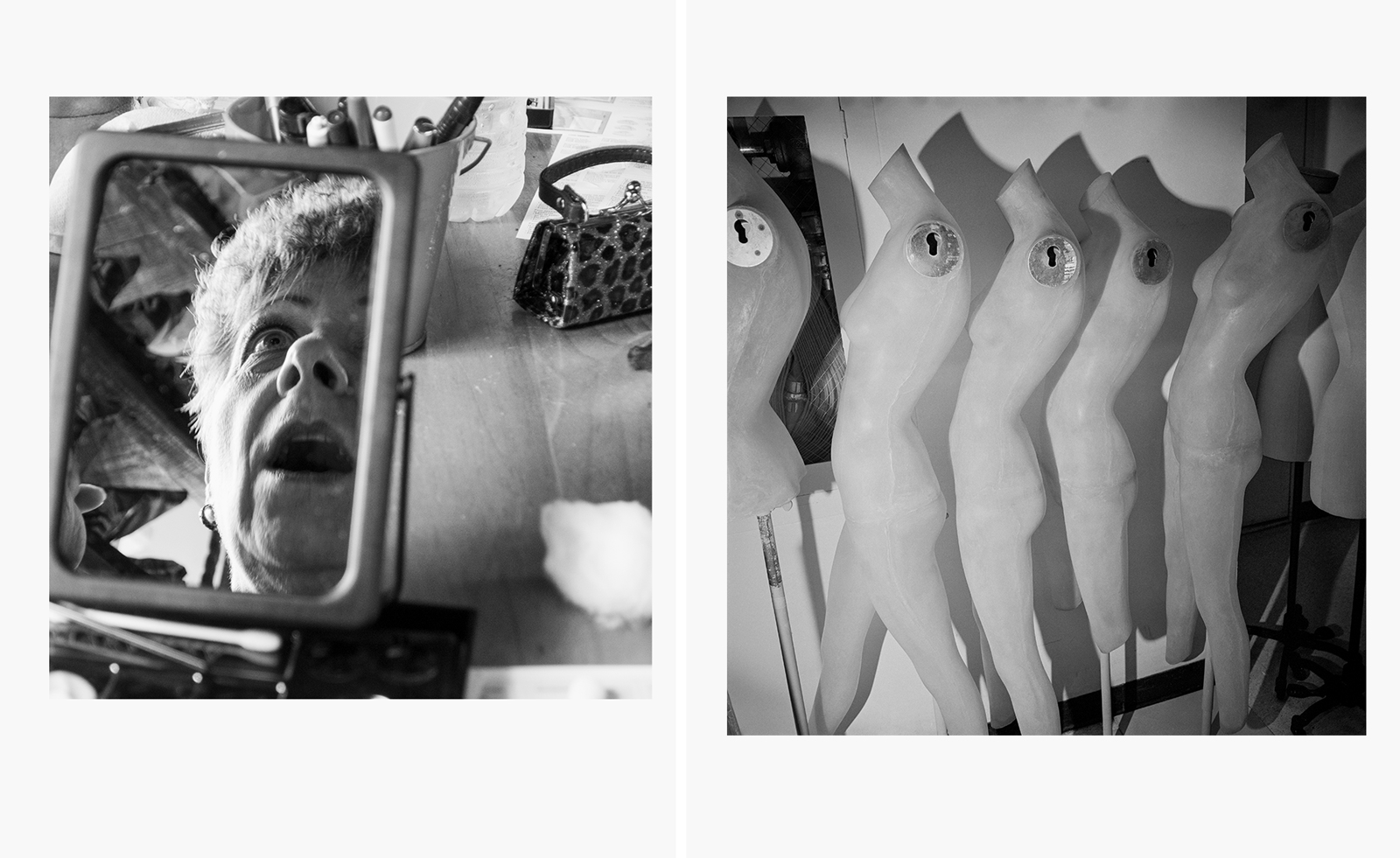 How a sprawling new book honours the legacy of cult photographer Larry Fink
How a sprawling new book honours the legacy of cult photographer Larry Fink‘Larry Fink: Hands On / A Passionate Life of Looking’ pays homage to an American master. ‘He had this ability to connect,’ says publisher Daniel Power
By Jordan Bassett
-
 New Jay-Z coffee-table book dives into the Brooklyn rapper's archives
New Jay-Z coffee-table book dives into the Brooklyn rapper's archives'Book of HOV: A Tribute to Jay-Z' is a hefty tome for a hefty talent
By Craig McLean